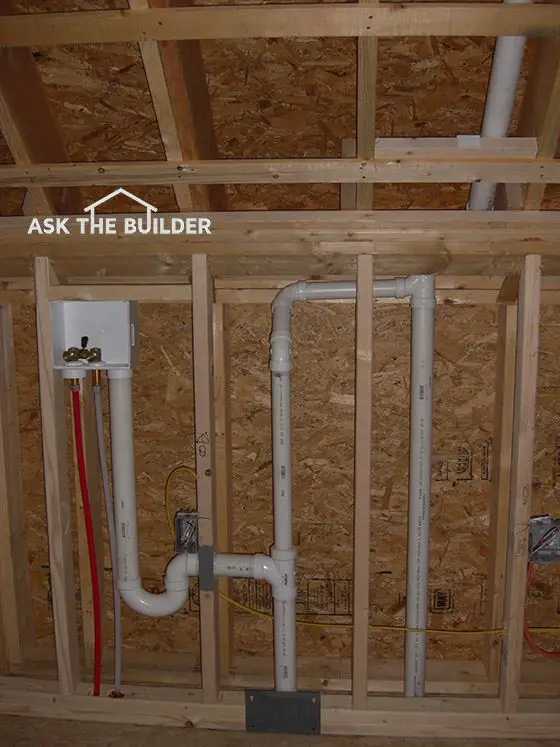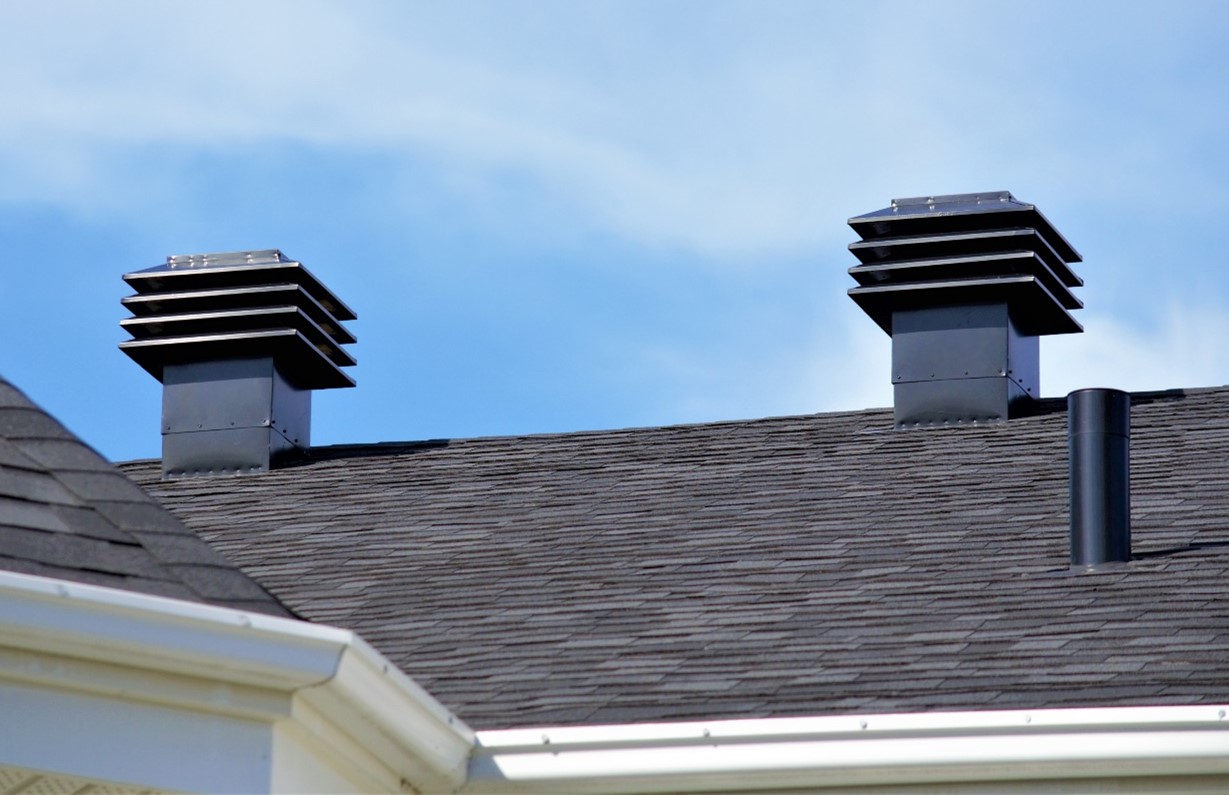Maintaining Correct Ventilation in Your Plumbing System: Why
Maintaining Correct Ventilation in Your Plumbing System: Why
Blog Article
Nearly everybody will have his or her own perception with regards to What Is A Plumbing Vent & How Do They Work?.

Correct air flow in plumbing systems is commonly overlooked, yet it is vital for maintaining the capability and safety and security of your home's plumbing. Ventilation helps manage air pressure, avoid the accumulation of hazardous gases, and make sure the effective elimination of waste. In this guide, we will explore the relevance of correct pipes ventilation, just how it functions, and the benefits it brings to your pipes system.
How Air Flow Works in Plumbing Equipments
Atmospheric Pressure Guideline
Proper air flow preserves well balanced atmospheric pressure within the pipes system. When water moves through pipelines, it displaces air. Without ample ventilation, this variation can produce adverse stress, causing slow drains or siphoning of water from traps, which can create unpleasant smells to permeate right into the home.
Protecting Against Sewer Gas Buildup
Among the most crucial features of plumbing vents is to stop drain gases, such as methane and hydrogen sulfide, from accumulating within the home. These gases can present significant wellness dangers and are extremely combustible. Vent pipelines enable these gases to escape securely outdoors.
Aiding in Waste Elimination
Ventilation helps in the efficient removal of wastewater by stopping airlocks in the drain system. When air can stream easily with the vents, it allows water and waste to move smoothly through the pipes, decreasing the threat of obstructions and backups.
Advantages of Appropriate Air Flow
Enhanced System Efficiency
Effectively ventilated plumbing systems run more effectively, with less clogs, faster draining, and less stress on the pipes. This effectiveness expands the life expectancy of the plumbing system.
Improved Air Quality
By protecting against drain gases from entering your home, proper ventilation contributes to much better indoor air quality, making your living setting healthier and more comfy.
Avoiding Water Damages
Ample ventilation aids prevent water from being siphoned out of catches, which can lead to drain gases getting in the home and triggering water damage gradually.
Steps to Guarantee Proper Air Flow
Consulting Pipes Codes
Always speak with regional plumbing codes when making or modifying your pipes system. These codes provide the required standards for correct airing vent and ensure your system fulfills safety and security criteria.
Normal Evaluation and Maintenance
Normal evaluations can assist determine potential air flow problems before they end up being significant issues. Upkeep tasks, such as cleaning vent pipelines and looking for clogs, are crucial for keeping the system in good working order.
Professional Installment
For new setups or significant alterations, it's smart to work with a professional plumbing technician. They have the competence to make certain the ventilation system is correctly developed and set up according to code.
Comprehending Ventilation in Plumbing
Air flow in plumbing refers to the network of pipes that allow air to stream with the water drainage system. These vents serve several purposes, including managing atmospheric pressure within the pipes, stopping sewer gases from going into the home, and helping in the smooth flow of wastewater.
Types of Pipes Vents
Main Heap Vent
The primary pile air vent, also called the vent pile, is the main air vent in a plumbing system. It expands from the primary drainpipe align through the roof covering, allowing gases to run away and fresh air to go into the system.
Branch Vent
Branch vents attach to the primary stack vent and offer individual fixtures, such as sinks, commodes, and showers. These vents guarantee that each component has appropriate ventilation to function correctly.
Air Admittance Shutoff (AAV).
An Air Admission Shutoff (AAV) is a one-way shutoff that permits air to get in the plumbing system without the need for a standard air vent pipe prolonging through the roof. AAVs are generally used in remodellings or areas where setting up a typical vent is impractical.
Indicators of Poor Air Flow in Plumbing.
Slow Draining Fixtures.
If your sinks, tubs, or commodes are draining gradually, it could be an indicator of inadequate ventilation. Inadequate air circulation can create a vacuum effect, making it hard for water to drain pipes appropriately.
Gurgling Appears.
Gurgling noises coming from drains pipes are commonly a result of air being drawn through water traps because of negative stress in the pipelines. This is a clear indicator of not enough ventilation.
Undesirable Smells.
Drain odors inside your home are a red flag that your plumbing system is not appropriately ventilated. This might mean that sewer gases are not being appropriately aired vent outside, resulting in potentially dangerous conditions.
Typical Air Flow Errors.
Insufficient Vent Sizing.
Utilizing small air vent pipes can lead to bad air circulation and pressure imbalances in the system. It's essential to utilize vents that satisfy the specific requirements of your pipes system.
Improper Vent Positioning.
Placing vents also far from the components they serve can lower their effectiveness. Correct placement makes sure that air can move freely and effectively via the system.
Disregarding Code Requirements.
Building regulations give certain standards for pipes air flow. Disregarding these codes can lead to a system that stops working to function correctly and may result in expensive repair services or health hazards.
Conclusion.
Proper ventilation is an important part of any type of plumbing system, ensuring that it operates successfully and safely. By understanding the importance of air flow, identifying the indicators of poor ventilation, and taking steps to keep your system, you can protect against expensive issues and safeguard your home's air top quality.
What is a Plumbing Vent and it's used for?All plumbing systems in residential and commercials construction have a plumbing vent. It doesn’t just vent unwanted odors from the drainage system to the outside; it actually serves an important purpose by supplying air to the system.
The plumbing drainage system is actually called a drainage, waste and vent (DWV) system. When water flows down the piping, an air supply (vent) is needed to allow the water to flow. Think of the vertical pipe as a drinking straw. If you plug the top end of a straw, liquid won’t drain from it.
The DWV system in your building consists of a series of pipes connected to each fixture; they extend above each fixture, and the system terminates at an open pipe that extends through the roof. This piping allows air into the system and prevents unbalanced pressures in the piping.
?The vent also prevents the system from drawing water out of a trap at the fixture with the characteristic “glug-glug-glug” as the drain gasps for air. Plumbing traps should drain smoothly and never “glug” or gasp for air.
If you have a drain that empties slowly or gurgles as it drains, this may indicate a venting problem. If you flush a toilet and the sink gurgles, there’s definitely a vent problem. It is good idea to have a Plumber check this.
https://www.ameliashomeinspection.com/blog/what-is-a-plumbing-vent-and-its-used-for

As a passionate person who reads on The Upsides of Proper Ventilation in Plumbing Design, I figured sharing that excerpt was beneficial. Do you know about another person who is interested by the subject? Do not hesitate to promote it. Kudos for your time. Please come by our site back soon.
Get An Estimate Report this page